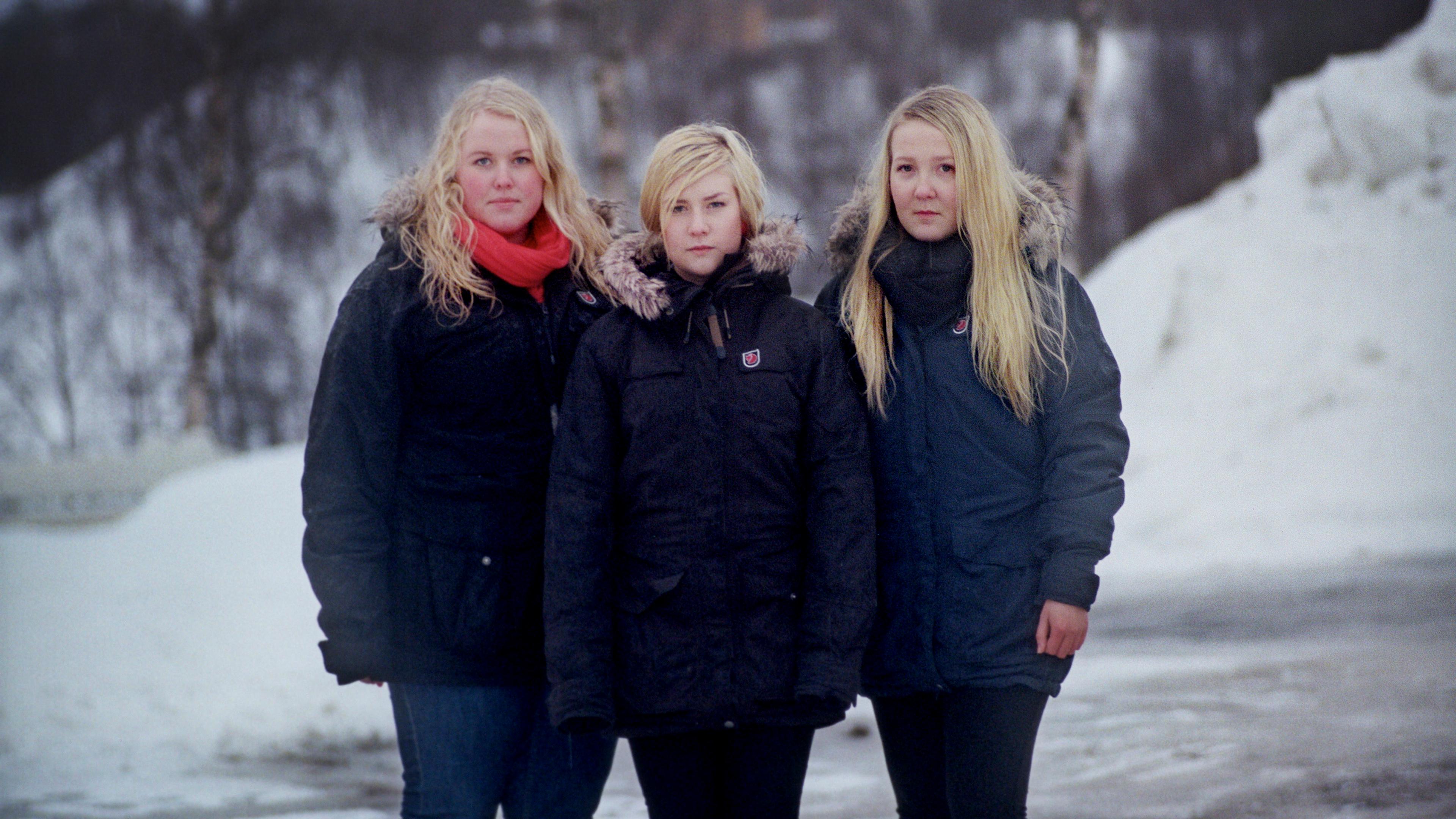It wasn’t his first snowboard jump, nor the worst he’d performed. He hadn’t tried a fancy turn or trick. But that day in December 2015, Cisco García lost his balance and, after flying 10 metres, fell hard on his back, destroying his spinal cord. He was 33 years old.
Rehabilitation was long and hard. He had to assume that his life would never be the same. However, even before finishing his rehab, García changed all the sadness he was feeling for anger. Anger kept him pushing and fighting to become independent, to live his life to the full. Tennis had always been one of his passions. So when his friends told him about wheelchair tennis, it didn’t take long until he started training. In his first year, García’s aim was to play in the top 200 players in the world, and in the top eight in Spain so that he could compete in the national Masters. It seemed impossible. But he did it: today, García is ranked 66th in the world and 5th in Spain.
From everyday challenges to traumatic events, such as the death of a loved one or a life-changing accident, tough times are inevitable. In fact, most of us will experience at least one serious traumatic event during our lives. However, not everyone responds to stress, trauma and tragedy in the same way. For some, the stress caused by a traumatic event will become chronic; horrific, intrusive memories and nightmares will haunt them for days, months or even years. They might develop symptoms of post-traumatic stress disorder (PTSD), depression or anxiety. Some will take up drinking or drugs to numb their pain and dull their memories. Yet others, like García, will recover quickly and even grow from the experience. These people display what psychologists call ‘resilience’.
Resilience is the process of adapting well in the face of adversity, trauma, tragedy, threats or significant sources of stress. But what makes a person resilient? How was García able to rebound and thrive?
I work in a lab at the University of Cambridge where I led a recent study in which we investigated how resilient people respond to stress, and what makes them different from those who are more vulnerable at a neurobiological level. One way we looked at this was by reviewing brain-scan studies of people who’d experienced abuse or neglect in childhood, and comparing those who later developed mental health disorders with those who somehow bounced back and lived without emotional problems.
We found structural and functional differences between these two groups in three main areas in the brain: the prefrontal cortex (involved in decision making and emotional control), the hippocampus (involved in memory) and the amygdala (the so-called ‘emotional brain’ that’s associated with the body’s fear and stress responses). These three regions are reciprocally related, and critically involved in the generation, processing and regulation of our emotional responses.
Based on what we found, my colleagues and I believe that adult resilience after suffering childhood maltreatment could be facilitated by having larger hippocampi (in terms of both greater grey- and white-matter volume), and increased connectivity between parts of the prefrontal cortex and what’s known as ‘the salience network’ (a set of neural areas associated with the integration of internal and external information and the generation of emotions), as well as enhanced connectivity within the ‘central executive network’ (another set of neural areas that’s known to be involved in goal-directed behaviours, the control of attention and working memory).
Our results complement earlier brain-based research suggesting that resilient people have greater neural connectivity between parts of their prefrontal cortex and emotional brain regions; that they display lower hippocampal activation in response to emotional facial expressions; and that their amygdalae habituate more efficiently to stress.
Identifying the neurobiological basis of resilience is more than an academic curiosity – our hope is that it could help us to better understand resilience and how it develops, especially when considered alongside some of the cognitive characteristics of resilient people.
For instance, one of the main features of resilient people is their ability to suppress the negative memories associated with a traumatic experience. Conversely, people who find it harder to suppress unwanted memories could be more vulnerable to developing depression or PTSD. A recent brain-imaging study of individuals who were affected by the 2015 Paris terror attacks would seem to back this up. Participants – some of whom had, and some of whom had not, developed PTSD – were asked to suppress neutral memories (not connected to the attacks). The participants without PTSD showed neural changes (involving the prefrontal cortex and hippocampus) associated with the successful suppression of unwanted memories, whereas this neural control mechanism was diminished in those participants who’d developed PTSD. Such findings suggest that building skills to suppress unwanted memories could be a strategy for boosting resilience.
Resilient people are also better at regulating their emotions and find it easier to deal with threats and stress. This is reflected in the brain-imaging research showing that resilient individuals exhibit higher activity in cognitive control areas of the prefrontal cortex paired with lower activity in emotion-processing areas such as the amygdala. One way this could manifest psychologically is in a heightened ability to ‘cognitively reappraise’ difficult situations and emotions. Cognitive reappraisal is when we reframe our initial perceptions of a stressful situation, in order to reduce the event’s emotional impact on us. For example, if you looked at a picture of a person hurt in an accident, you could try to reduce your negative emotional reaction by imagining that the person is just an actor wearing make-up rather than someone who was truly hurt. Individuals who use cognitive reappraisal report greater psychological wellbeing and higher-quality relationships, so perhaps this offers another clue for how to increase resilience.
In addition, resilient people are likely to find it easier to focus their attention towards specific positive memories. As humans, we have a bias toward negative feelings and emotions. This has served us well from an evolutionary perspective but, for certain individuals, focusing too much on negative memories and emotions can lead to poor mental health. In contrast, being able to focus and recall specific positive memories could have a protective function. In line with this idea, researchers recently found that vulnerable teenagers at risk of depression (because of stress early in life) were less likely to develop depression during the course of the study if they were able to recall specific positive memories when prompted. Again, these investigations point to ways to nurture resilience. Practising the ability to switch the focus of attention to include those memories, situations and feelings that make us feel good could be a powerful strategy.
I’ve reviewed some of the key brain areas associated with emotion regulation and resilient functioning, and some of the ways that these neural functions might facilitate resilience. This might imply that resilience is embodied in distinct brain systems. Now that raises the question, are those systems inherited or are they the result of the use of cognitive strategies? In other words, are resilient individuals such as Cisco García the lucky ones endowed with the optimal neurobiology to bounce back from adversity? Or are there intrapersonal or interpersonal factors that lead to the development of a resilient brain?
The good news is that the kind of cognitive strategies that appear to be supported by having a ‘resilient brain’, such as cognitive reappraisal and focusing on positive memories, can also be learned. In time, understanding more about the factors that bolster resilience, and determining if they do so by modifying the very same brain markers of resilience that we have identified, will lead us to a more comprehensive understanding of the phenomenon. In our lab, we hope this will uncover more ways to help people deal with and recover from adversity.
I wish to thank the PhD student Emma Soneson for her help preparing this article.








